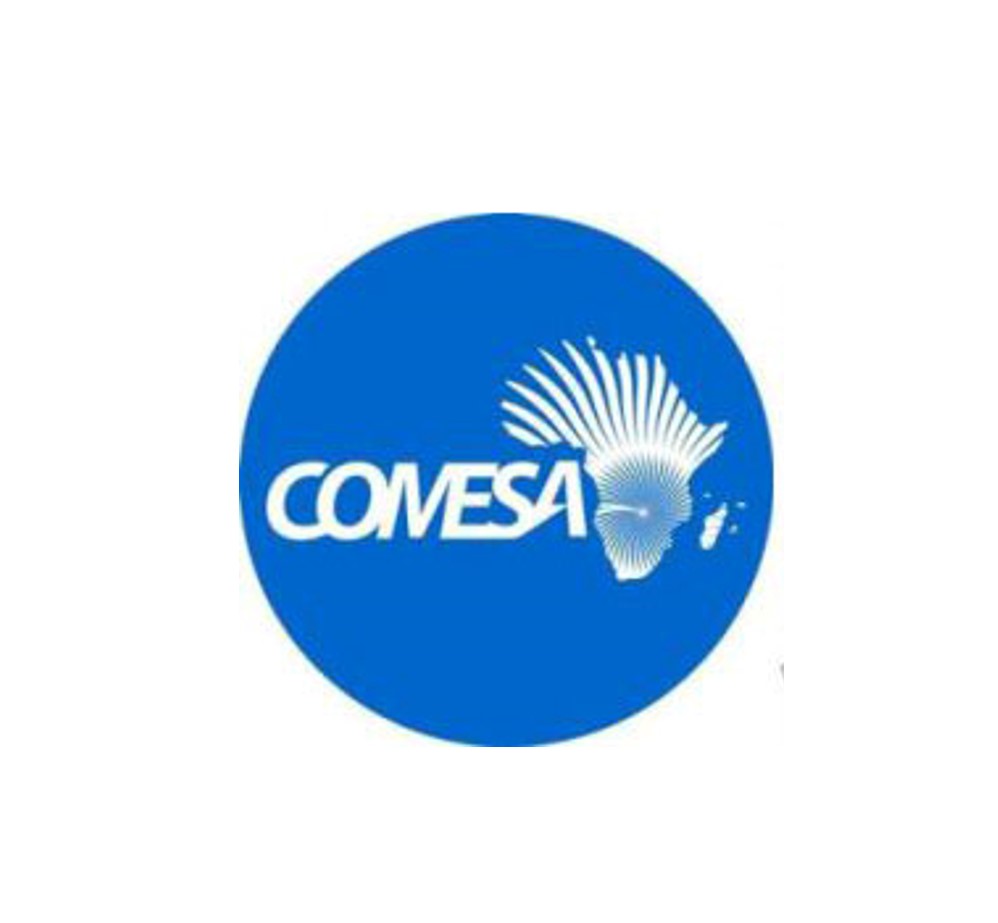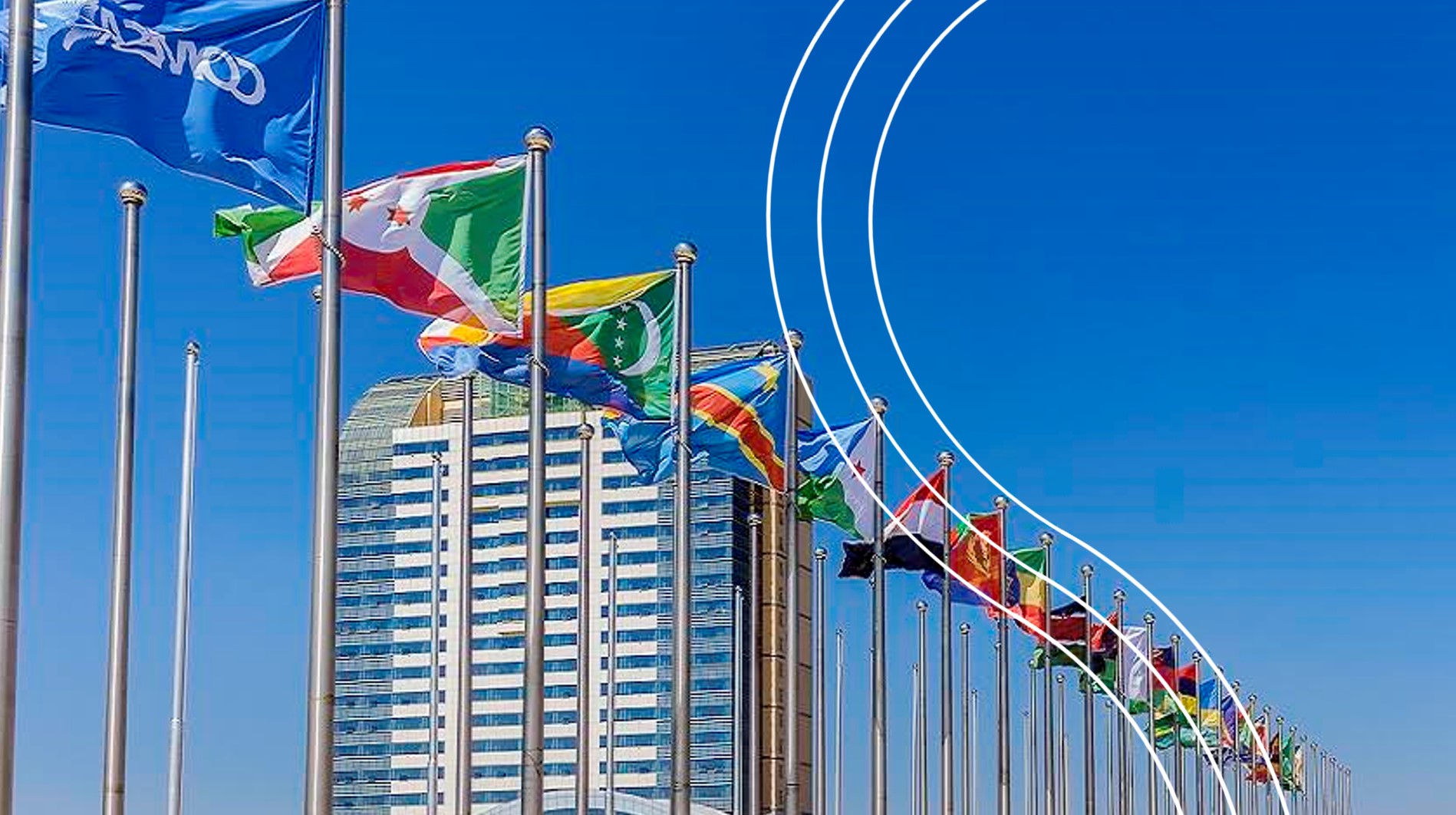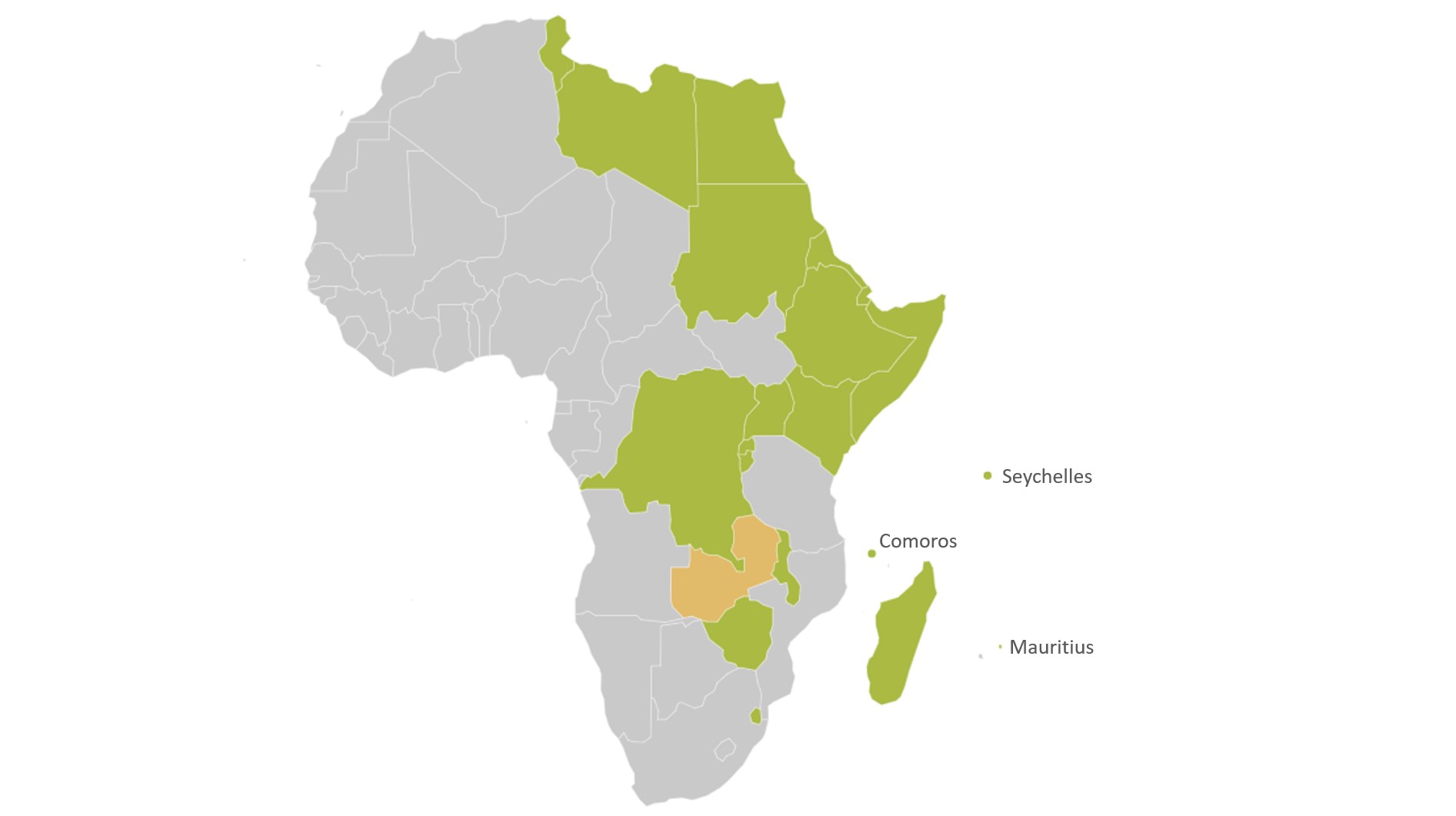
COMESA, the Common Market for Eastern and Southern Africa, was formed in 1994 to replace the former Preferential Trade Area (PTA) which had existed from the earlier days of 1981. COMESA (as defined by its Treaty) was established ‘as an organisation of free independent sovereign states which have agreed to co-operate in developing their natural and human resources for the good of all their people’ and as such it has a wide-ranging series of objectives which necessarily include in its priorities the promotion of peace and security in the region. However, due to COMESA’s economic history and background its main focus is on the formation of a large economic and trading unit that is capable of overcoming some of the barriers that are faced by individual states. COMESA’s current strategy can thus be summed up in the phrase ‘economic prosperity through regional integration’. With its 21 Member States, population of over 640 million, a Gross Domestic Product of USD 1.0 trillion, a global export/import trade in goods worth USD 383 billion, COMESA forms a major market place for both internal and external trading. Geographically, COMESA covers almost two thirds of the African Continent with an area of 12 million km².
The COMESA covers 21 countries and its Secretariat is based in Lusaka, Zambia. The Member States are : Burundi, Comoros, Congo (Democratic Republic), Djibouti, Egypt, Eritrea, Eswatini, Ethiopia, Kenya, Libya, Madagascar, Malawi, Mauritius, Rwanda, Seychelles, Somalia, Sudan, Tunisia, Uganda, Zambia and Zimbabwe (see map on the right).
WOAH and COMESA signed a Memorandum of Understanding (MoU) in 2018 and covers various areas of interest to the present project proposal, such as:
All Member States of COMESA are also WOAH Members (21 Members). The 2018 MoU is currently being renewed.
COMESA’s 2016 – 2020 SPS Strategy aims to attain “a fully integrated, internationally competitive regional economic community which promotes shared prosperity and improved livelihoods for all its people”. It aims to deliver “effective, risk-based, harmonised SPS measures
efficiently implemented to facilitate safe regional and international trade” through :
It makes specific reference to the evaluation of the Performance of Veterinary Services (PVS) as one of the SPS Capacity Evaluation Tools.


